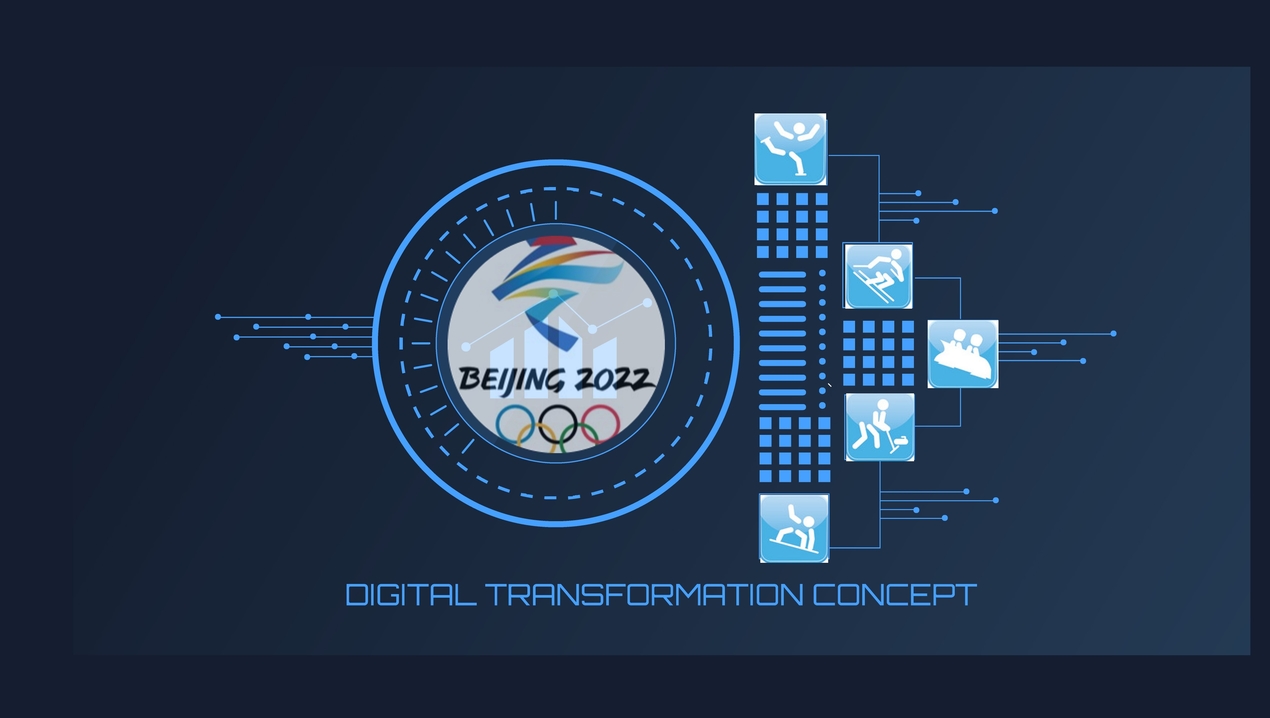
While they may have lacked the traditional throngs of in-person audiences from the world over, the Winter Games in China held from the 4th to the 20th of February 2022 was very successful, all thanks to tech.
Largest 8K Floor Display
Leading sports events these days are no strangers to floor displays. But the display at the games covering 10,383 square meters with 8K resolution at ultra-high contrast (100 times the average display) was a significant step up from ones that audiences are used to.
Unique Virtual Host
A virtual host, “Ling Yu”, showed the world just how much Artificial Intelligence can help all sectors of society, even those who are physically challenged. A product of collaboration between state broadcaster CCTV and select Chinese companies, Ling Yu can interpret sign. With the virtual sign-language translator on display everywhere the games could genuinely be inclusive.
Live Translation
Machine learning was in top form at the games. To integrate people of different languages and nationalities better, a Chinese voice recognition company made available a full translation service that allowed translation of up to 60 languages – live. Further, the translation comes in a crisp, human-like voice at (unheard-of) 95% accuracy.
Remote Controlled Smart Beds
Moreover, technology introduced changes to the personal experience. Olympic winter athletes were given a one-of-a-kind sleeping experience with 7,000 remote controlled foam mattress beds which allowed them to adjust sleeping positions and mattress support levels to their desire.
5G Enabled Medical Services
The ambulance used at the games may look very similar to a normal one. But in addition to the usual medical equipment such as monitors, electrocardiographs and defibrillators, this 5G smart ambulance has data collection equipment such as cameras and emergency gateways.
Ambulance staff could share important data to an emergency centre via the 5G emergency gateway, capitalising on real-time data exchange.
Robot Chefs and Bartenders Deployed in Olympic Village Kitchens
To keep contain the spread of COVID-19, robot chefs were deployed to prepare and deliver meals onsite for the athletes and their support teams.
The automated cooking saw an AI-enabled chef-bot that made hot meals and a coffee robot to grind beans and brew the beverage. A ceiling-mounted robot arm served meals in socially-distanced cubicles. The village even had bartender robots to make cocktails.
Real-Time Data For better Viewing
A host of AI tools like computer-vision cameras give the viewers a hugely enhanced watching experience. AI-powered 3D Athlete Tracking (3DAT) utilised cameras with computer vision and AI that allowed fans almost real-time data for events. AI also offers a biomechanical analysis of athlete speed, distance travelled and time remaining to display on screens and uses in overlays during replays.
Cloud-backed Live Broadcast
Technology not only facilitated the competition and empowered the athletes, but it also facilitated better coverage. The work of media outlets was made easy as the provided cloud services allowed them to broadcast news globally without the need to bring in satellite news trucks and customised networks.
The cloud system aptly dubbed “The Matrix” gave online viewers the option to adjust the panoramic point-of-view to as much as 360 degrees allowing for a more immersive experience.
Technology played a central role in China’s run for gold. As detailed in a recent OpenGov Asia piece, the country’s first-ever gold in the 2,000m relay was a product of athlete training and the application of modern technology – specifically aviation tech. Applying state-of-the-art aircraft algorithms and digital technology, Chinese athletes configured a better way to smoothen their routine. To land them a much-awaited astonishing feat: their first-ever gold in that competition.
While the host nation ranked third with nine gold medals, this Winter Games showed how its technology could raise the bar – both from the point of view of the spectators and the athletes.
















